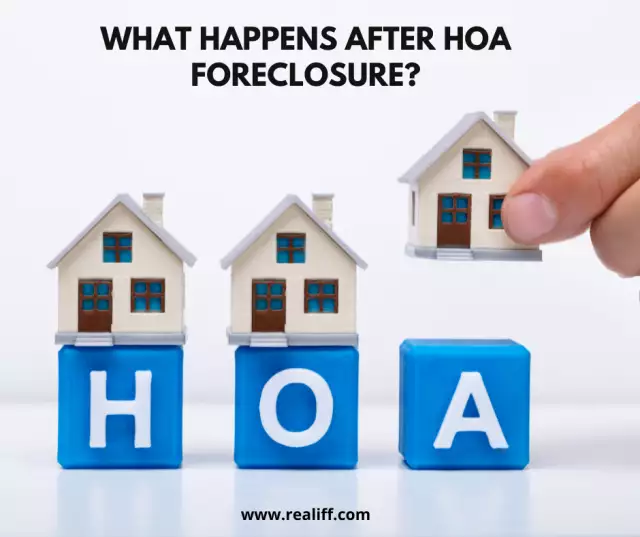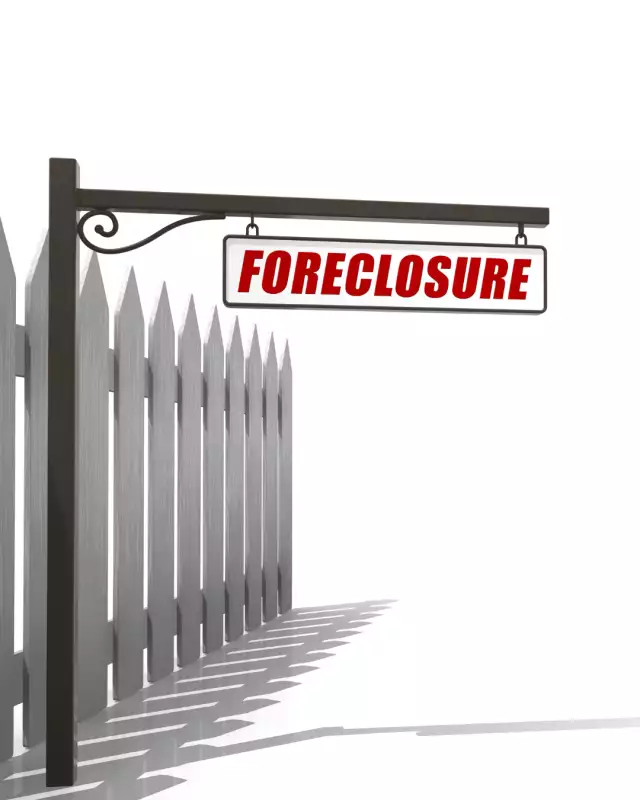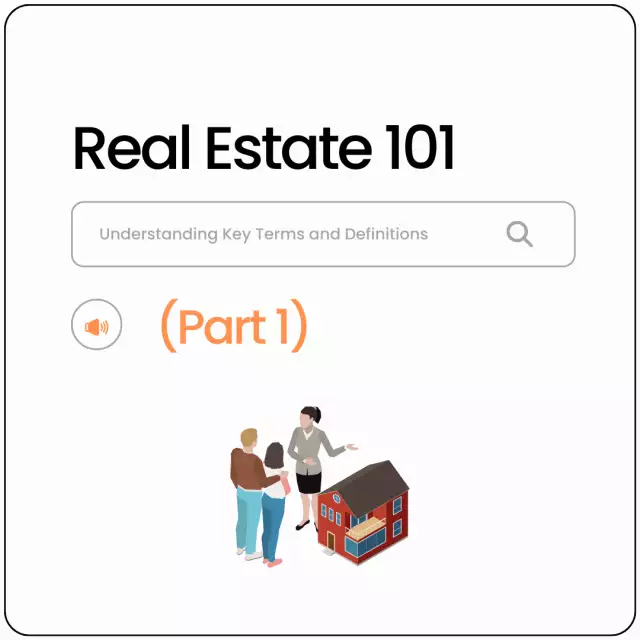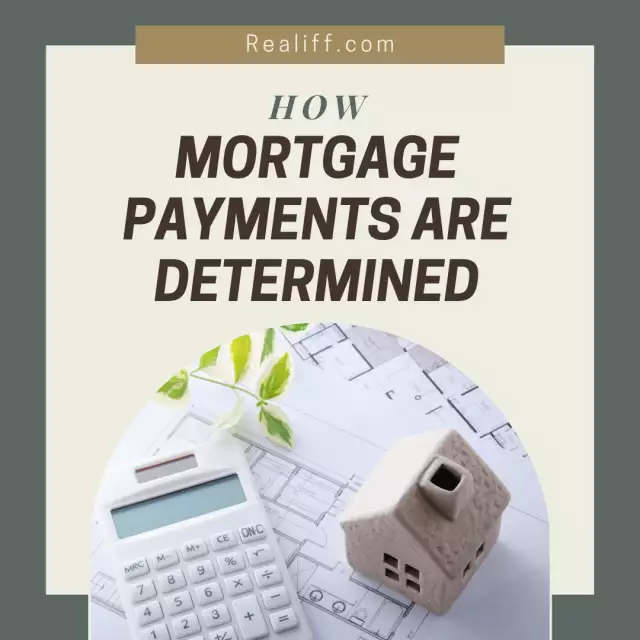Exploring Default and Foreclosure
For many people, buying a homeis one of the most significant investments they will make in their lifetime. However, life can be unpredictable, and even the most responsible borrowers can find themselves in financial difficulty. If a borrower is unable to make their mortgage payments, they risk defaulting on their loan, which can lead to the foreclosure process. In this article, we'll discuss what happens when borrowers default on their mortgage payments and the process of foreclosure, including how lenders work with borrowers to avoid foreclosure.
Causes of Default
Default is a term used to describe the failure of a borrower to make their mortgage payments on time. There are many reasons why a borrower may default on their loan, including job loss, divorce, illness, or simply overextending oneself financially. A missed payment can quickly snowball into a larger problem, as late fees and interest charges begin to accrue.
One of the best ways to avoid default is to communicate with the lender. If a borrower knows they are going to miss a payment, they should contact their lender as soon as possible to discuss their options. Many lenders are willing to work with borrowers to find a solution that is mutually beneficial. For example, the lender may be willing to temporarily reduce the payment amount or extend the payment term to help the borrower get back on track.
Foreclosure Process
Foreclosure is the legal process by which a lender takes ownership of a property after the borrower has defaulted on their mortgage. The foreclosure process varies depending on the state in which the property is located but typically begins with the lender filing a notice of default with the county clerk's office. This notice gives the borrower a certain amount of time (usually 30 to 90 days) to cure the default by paying the past due amount.
If the borrower is unable to cure the default, the lender can proceed with a foreclosure sale. The sale is typically conducted by a public trustee or auctioneer and can be held either in person or online. At the sale, the property is sold to the highest bidder, and the proceeds are used to pay off the outstanding mortgage balance. If the sale does not generate enough funds to cover the outstanding balance, the borrower may still be responsible for paying the difference.
Once the sale is complete, the borrower is required to vacate the property. If the borrower fails to vacate the property, the lender may be required to file an eviction lawsuit to remove the borrower from the property.
Working with Borrowers to Avoid Foreclosure
Foreclosure can have devastating consequences for borrowers, including damage to their credit scoreand the loss of their homes. For this reason, many lenders are willing to work with borrowers to avoid foreclosure. There are several options available to borrowers who are struggling to make their mortgage payments:
- Loan Modification:A loan modification is a permanent change to the terms of a borrower's mortgage, designed to make the payments more affordable. This may involve lowering the interest rate, extending the loan term, or even reducing the principal balance. Loan modifications can be a good option for borrowers who are facing long-term financial hardship, such as a permanent disability.
- Forbearance:Forbearance is a temporary pause in mortgage payments, typically granted for a specific period of time (e.g. six months). During this time, the borrower is not required to make payments, but interest continues to accrue. Forbearance can be a good option for borrowers who are experiencing short-term financial hardship, such as temporary job loss.
- Repayment Plan:A repayment plan is an agreement between the borrower and lender to repay the past-due amount over a period of time, in addition to making regular mortgage payments. Repayment plans can be a good option for borrowers who have experienced a temporary financial setback but are able to get back on track with their payments.
- Short Sale:A short sale is an option where the lender agrees to sell the property for less than the outstanding mortgage balance. This can be a good option for borrowers who owe more on their mortgage than the property is worth and cannot afford to continue making payments.
- Deed in Lieu of Foreclosure:A deed in lieu of foreclosure is an agreement where the borrower voluntarily transfers ownership of the property to the lender, in exchange for the cancellation of the mortgage debt. This can be a good option for borrowers who are unable to sell the property through a short sale or other means.
Conclusion
Default and foreclosure can be stressful and challenging experiences for borrowers. However, it is important to remember that there are options available to help borrowers avoid foreclosure and keep their homes. Communication with the lender is key, as is taking action as soon as possible when financial difficulties arise. By working with their lender and exploring the available options, borrowers can often find a solution that works for both parties and avoid the devastating consequences of foreclosure.







